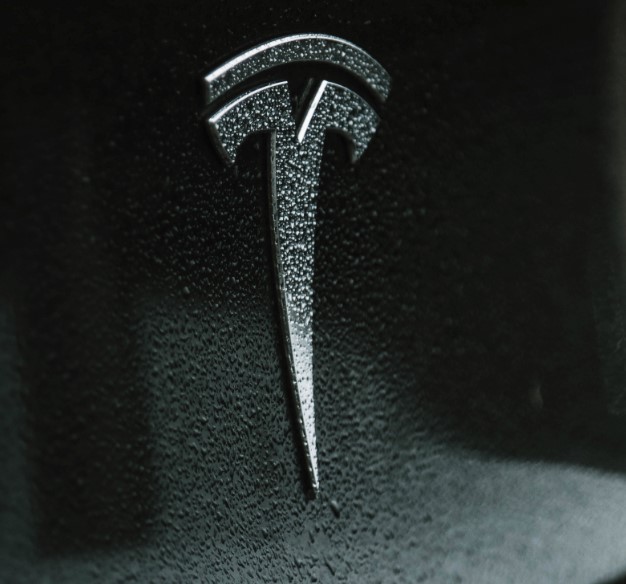Electric vehicles have rapidly gained popularity in recent years, and Tesla has emerged as a frontrunner in this market. One key factor determining the feasibility of owning an electric car is the distance it can travel before needing a battery replacement. This article aims to explore just how many miles a Tesla can go in its lifetime, taking into consideration factors such as battery life, performance, and proper maintenance.

Tesla offers an impressive range for its vehicles, with the base Model 3 having an EPA-estimated range of 272 miles. The longevity of a Tesla’s battery mainly depends on how it’s used and maintained; however, Tesla vehicles are designed with durability in mind. The company’s warranty states that their models should retain at least 70% of battery life over the first 8 years or 100,000 – 150,000 miles, providing a good estimate of their expected lifespan (Vehicle Freak).
Overview of Tesla’s Lifetime Mileage
When discussing the lifetime mileage of Teslas, it is essential to consider factors such as battery lifespan and vehicle longevity. A well-maintained Tesla can last well over 500,000 miles, with the battery pack needing replacement at around 300,000 miles to maintain optimal range performance [^1^]. Battery replacement costs fluctuate between $3,000 and $7,000, making it a significant consideration for long-term vehicle ownership.
Tesla’s electric vehicle lineup consists of various models, each with different electric range and battery capacities. For instance, the Model 3 can cover around 350,000 miles, while the Model S might go up to 400,000 miles before needing significant battery maintenance [^2^]. Ample warranty coverage further backs these numbers, with Tesla typically offering an eight-year battery warranty covering 120,000 to 150,000 miles [^3^].
The frequency of charging cycles also plays a considerable role in determining a Tesla’s lifetime mileage. For example, the base Model 3 offers an EPA-estimated range of 272 miles, with one battery expected to last between 1,000 and 1,250 charges over its life if constantly drained at near-full capacity before recharging [^4^]. Therefore, it is crucial to carefully manage charging cycles and establish regular charging habits to ensure a Tesla reaches its maximum mileage potential.
In conclusion[^1^]: [^2^]
Factors Affecting Tesla’s Lifetime Mileage
Battery Capacity

The battery capacity plays a significant role in determining the lifetime mileage of a Tesla. Different Tesla models have different battery sizes, which affect the driving range and overall lifespan of the vehicle. For example, Tesla models usually come with an eight years (120,000 – 150,000 miles) battery warranty. However, some Tesla owners report batteries lasting even longer than the warranty period covered.
Driving Habits
How a driver operates a Tesla can significantly impact its overall mileage. Factors such as aggressive acceleration, excessive speeding, and heavy braking can reduce the battery’s efficiency, limiting the range and potentially shortening the battery’s lifespan. On the other hand, adopting a more energy-conserving driving style, like moderate acceleration and anticipating traffic conditions, can help increase the car’s range and battery longevity.
Maintenance and Service
Proper maintenance and service are essential for any vehicle, including Teslas, to ensure optimal performance and longevity. Although Teslas have fewer moving parts compared to internal combustion engine vehicles, they still require regular checks and services. These may include tire rotations, brake system inspections, battery coolant replacements, and high-voltage battery maintenance. Following Tesla’s recommended maintenance schedule can help improve the vehicle’s efficiency, leading to a longer lifespan and a higher number of miles driven in its lifetime.
Comparisons with Other Electric Vehicles
Tesla vehicles have earned a reputation for strong efficiency and impressive mileage capabilities. For instance, the Tesla Model 3 Long Range offers up to 358 miles on a single charge. But how does it fare compared to other electric vehicles on the market?
A real-world range comparison included 10 popular electric vehicles, such as the Volkswagen ID.3, Renault Zoe, Skoda Enyaq, Fiat 500 Electric, and Mazda MX-30. While the Tesla Model 3 did not emerge as the overall winner, it still ranked highly in the test, showcasing its solid performance.
In terms of overall lifetime mileage, Tesla vehicles have shown impressive longevity. Here are a few examples of Tesla’s estimated lifetime mileage potential:
- Model 3 Standard Range: 272 miles per charge
- Model 3 Performance: 315 miles per charge
- Model 3 Long Range: 358 miles per charge
It’s essential to consider that various factors affect the range estimates of any electric vehicle. These include factors like driving conditions, temperature, and charging habits. Therefore, while Tesla’s range figures serve as useful benchmarks, they might not always reflect your specific experience.
Tesla’s extensive Supercharger network has played a crucial role in alleviating range anxiety for many Tesla owners, allowing for smooth and convenient long-distance road trips. However, it’s essential to understand that the competition is quickly catching up, with several other automakers creating charging networks and improving battery efficiency.
Conclusion
Tesla vehicles are known for their high-quality electric motors and long-lasting battery packs. A well-maintained Tesla can last well over 500,000 miles, with the battery pack typically needing replacement around 300,000 miles. However, it’s important to remember that battery life and overall lifespan can vary depending on usage and maintenance.

Battery warranties for Tesla models generally cover at least 70% of battery life over the first 8 years or 100,000 to 150,000 miles. The Tesla Model 3 is known for its impressive electric range with 350,000 miles, while the Tesla Model S can last up to 400,000 miles.
Various factors can affect the lifespan of a Tesla, such as using a low-voltage charger and following proper maintenance practices. Some experts even suggest that a Tesla motor could last around one million miles, although this claim is difficult to verify as no Tesla models have covered such distances yet.
In summary, owning a Tesla comes with numerous benefits, including excellent electric range and long-lasting performance. By following proper maintenance practices and understanding battery warranties, Tesla owners can expect their vehicles to provide reliable service for hundreds of thousands of miles. This longevity further demonstrates the value and appeal of Tesla vehicles in the world of electric transportation.
